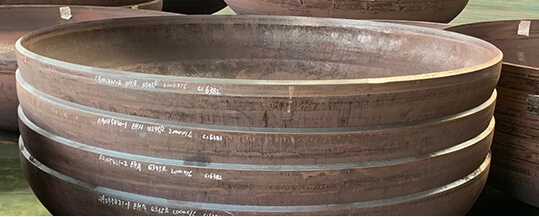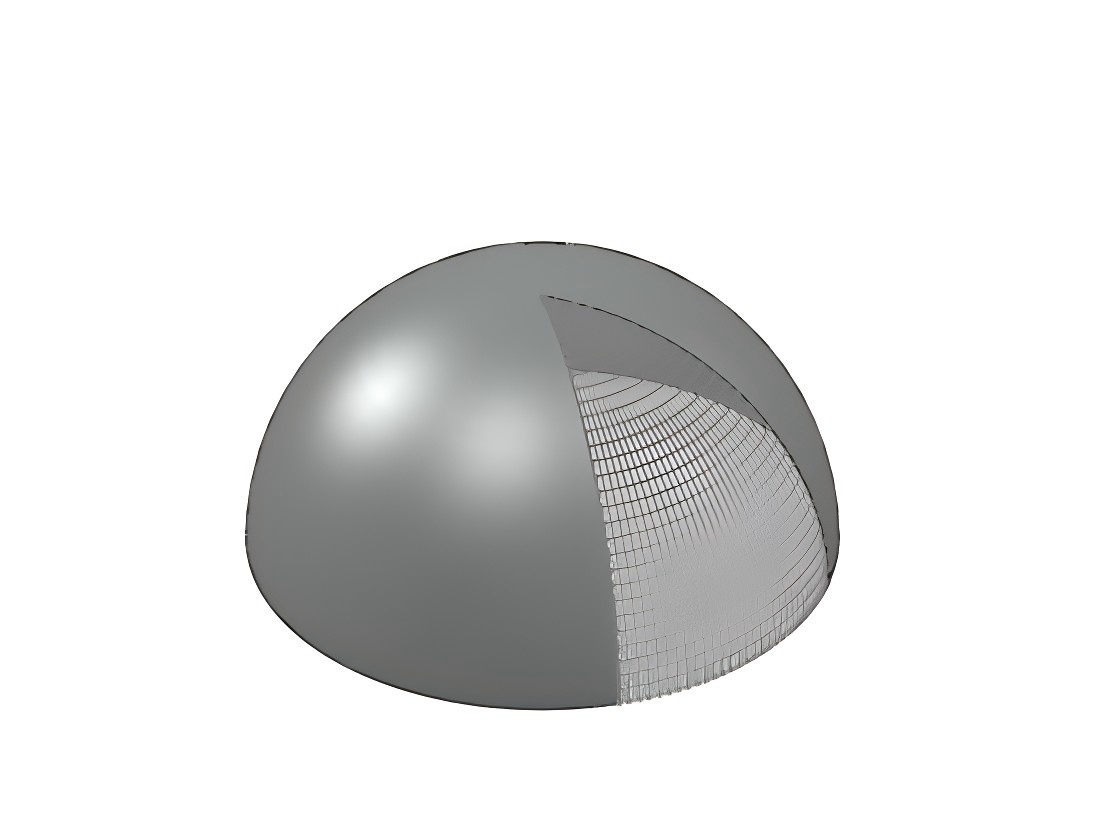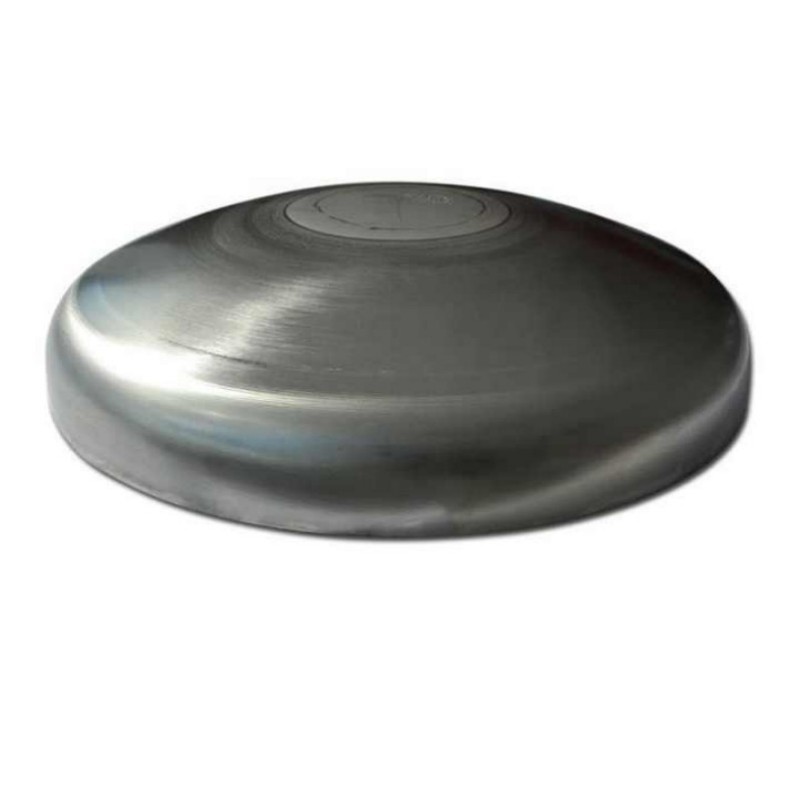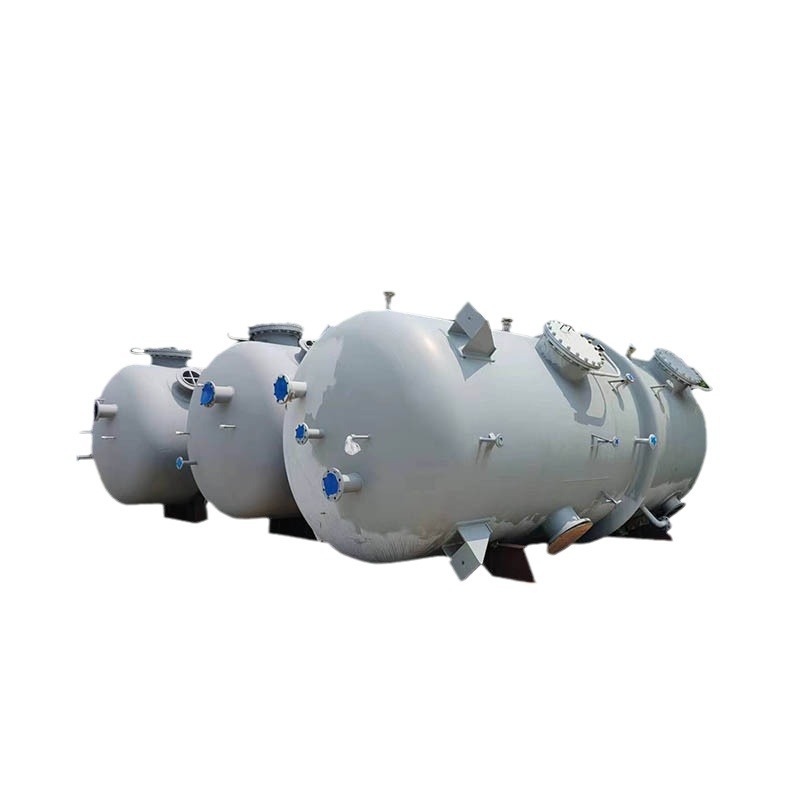Choice of Head Material
Upload Time:
Dec 19, 2024
The pressure test head is usually made from Q245R (20R) or Q345R (16MnR), and all welds must be inspected.
1. Comparison of Material Mechanical Properties
For pressure vessels, the material of the head is typically the same as that of the cylinder to ensure matching strength and welding properties. Ideally, the pressure test head material should match the pipe material for consistent performance. However, due to the limited amount of material required for the test head and the difficulty in obtaining the same steel plate as the pipe, pressure vessel steel plates are commonly used as an alternative. This is a practical and cost-effective solution. According to GB713-2008, the most commonly used pressure vessel steel plates are Q245R (20R) and Q345R (16MnR).
2. Matching of Pipe and Pressure Test Head Material
For steel pipes made from Q235-A, B, C, and D (as per GB700), although GB3274 lists corresponding materials, GB150 has removed Q235-A and places strict limitations on the use of Q235-B and Q235-C for certain applications.
3. Determining the Thickness of the Pressure Test Head
The thickness of the pressure test head is calculated based on the formulas for spherical, standard elliptical, or tapered heads, depending on the specific requirements. For steel plate, a negative deviation of 0.8mm and a corrosion allowance of 1mm are considered. Pressure testing is generally done at room temperature (between -20°C and 100°C). The allowable stress for Q245R (20R) is 133 MPa, and for Q345R (16MnR), it is 170 MPa.
4. Additional Considerations
For pressure vessels, the material of the head is typically the same as that of the cylinder to ensure matching strength and welding properties. Ideally, the pressure test head material should match the pipe material for consistent performance. However, due to the limited amount of material required for the test head and the difficulty in obtaining the same steel plate as the pipe, pressure vessel steel plates are commonly used as an alternative. This is a practical and cost-effective solution. According to GB713-2008, the most commonly used pressure vessel steel plates are Q245R (20R) and Q345R (16MnR).
2. Matching of Pipe and Pressure Test Head Material
For steel pipes made from Q235-A, B, C, and D (as per GB700), although GB3274 lists corresponding materials, GB150 has removed Q235-A and places strict limitations on the use of Q235-B and Q235-C for certain applications.
3. Determining the Thickness of the Pressure Test Head
The thickness of the pressure test head is calculated based on the formulas for spherical, standard elliptical, or tapered heads, depending on the specific requirements. For steel plate, a negative deviation of 0.8mm and a corrosion allowance of 1mm are considered. Pressure testing is generally done at room temperature (between -20°C and 100°C). The allowable stress for Q245R (20R) is 133 MPa, and for Q345R (16MnR), it is 170 MPa.
4. Additional Considerations
The butt joint between the pressure test head, the tapered transition section, and the pipeline must be grooved according to standards. All welds, including the longitudinal weld of the tapered transition, must undergo 100% radiographic inspection. The head should be stamped from a single plate. For welding process qualification, it is recommended to use Q245R (20R), Q345R (16MnR), and the pipeline material to ensure the desired mechanical properties post-welding.

Relevant News







